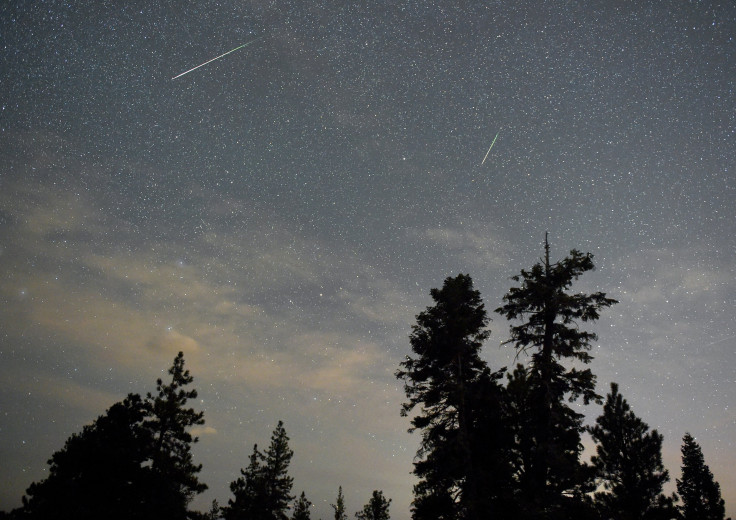August Sky Watch: Perseid Meteor Shower, Planetary Pairings

For sky watchers, August is always a good month, if only for the annual Perseid meteor shower. But this year promises more excitement as the Perseids are expected to peak with more meteors per hour than usual, and five planets join the party with multiple pairings as well.
Perseids, one of the more prolific meteor showers every year, are associated with the Swift-Tuttle comet and are so-named because they appear to originate from the Perseus constellation, visible from the Northern Hemisphere. Starting in mid-July and disappearing late in August, the shower peaks around Aug. 10-12, with a zenithal hourly rate (ZHR, the number of meteors visible in an hour of peak activity to one person on the ground) upward of 60.
According to the International Meteor Organization, the Perseids will reach their peak on the night between Aug. 11 and Aug. 12 this year, with an unusually high ZHR of 150. This was based on calculations that indicated the meteor stream shifted closer to Earth’s orbit by Jupiter this year.
Given the position of the moon, which will reach its first quarter on Aug. 10, the best time to view the Perseids will be after midnight, when the sky will be dark. The best way to try and watch the event — in case it happens — is to go to an area with little to no light, get comfortable and look at the sky in the direction of the Perseus constellation (generally toward the east).
Other than the spectacle of the meteors, which is never guaranteed, August also has some planetary conjunctions that are certain.
Mars, which reached peak brightness in May and June, is fainter now but still clearly visible in the south-southwest after darkness falls. Close to the red planet, slightly fainter, to its left, Saturn will be visible in its yellowish hue. Below them, making a triangle, will be a bright star, Antares. The three of them will be joined by the waxing moon on Aug. 11, making it difficult to see them until it sets, and later in the month, between Aug. 22-25, Mars, Saturn and Antares will be aligned.
The western sky, meanwhile, plays host to Jupiter, Venus and Mercury. The giant planet appears highest and will be easy to see, while the smaller two are lower on the horizon and hence difficult to spot from most places. Planetary movements will bring them close together in mid-month, and they form a triple conjunction on Aug. 27.
© Copyright IBTimes 2025. All rights reserved.





















